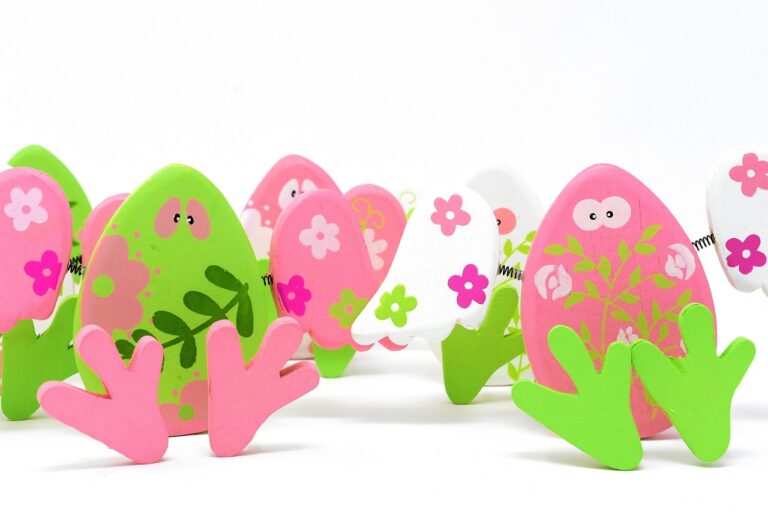Sustainable Practices in Theatre Production: Eco-Friendly Sets and Costumes
When it comes to constructing sets for productions, using sustainable materials is becoming increasingly popular in the entertainment industry. Production designers are opting for eco-friendly options such as reclaimed wood, recycled metal, and natural fibers to reduce the environmental impact of set construction. These materials not only help minimize waste but also add a unique and authentic look to the sets.
Another sustainable material that is gaining traction in set construction is bamboo. Known for its rapid growth and renewability, bamboo is a versatile material that can be used for various set elements, from props to backdrops. Its strength and durability make it a great alternative to traditional materials like plastic and steel, while its natural aesthetic adds a touch of elegance to the set design.
Cost-Effective Eco-Friendly Set Design Techniques
One approach to achieving cost-effective and eco-friendly set design is by utilizing recycled materials. Production companies can repurpose items like wood, metal, or fabric from previous sets or construction projects to create new set pieces. By giving these materials a second life, not only are costs reduced, but the environmental impact of excess waste is also minimized. This practice not only benefits the production’s budget but also aligns with sustainability goals by reducing the demand for new resources.
Another cost-effective and eco-friendly technique is the use of digital design tools to plan sets efficiently. By creating detailed virtual models of sets before physical construction begins, designers can streamline the building process, reduce material waste, and optimize the use of resources. This method allows for adjustments to be made digitally, saving time and money that would otherwise be spent on physical modifications. Additionally, digital design tools enable designers to experiment with different sustainable materials and techniques, helping them make informed decisions that benefit both the production and the environment.
Innovative Ways to Repurpose Set Pieces
One creative way to repurpose set pieces is by transforming a large backdrop into multiple smaller pieces. By cutting up the backdrop and rearranging the sections, you can create new and unique sets for future productions. This not only saves money on materials, but it also reduces waste by giving new life to existing pieces.
Another innovative technique is to deconstruct larger set props and use the pieces to create smaller, versatile elements. For example, dismantling a large fake tree could provide materials for various smaller props like tables, chairs, or decorative accents. This method allows for a more sustainable approach to set design by maximizing the use of resources and minimizing the need for additional materials.
• By cutting up a large backdrop, you can create multiple smaller sets
• Repurposing set pieces reduces waste and saves money on materials
• Deconstructing larger props allows for the creation of versatile elements such as tables, chairs, and decorative accents
• Maximizing the use of resources in set design promotes sustainability and minimizes the need for additional materials
What are some sustainable materials that can be used for set construction?
Some sustainable materials that can be used for set construction include reclaimed wood, bamboo, recycled metal, and eco-friendly paints.
How can eco-friendly set design techniques help reduce costs?
Eco-friendly set design techniques can help reduce costs by using recycled materials, minimizing waste, and lowering energy consumption during production.
What are some innovative ways to repurpose set pieces?
Some innovative ways to repurpose set pieces include turning old sets into new props, using set pieces as furniture or decor in other productions, and donating them to schools or community theaters.







